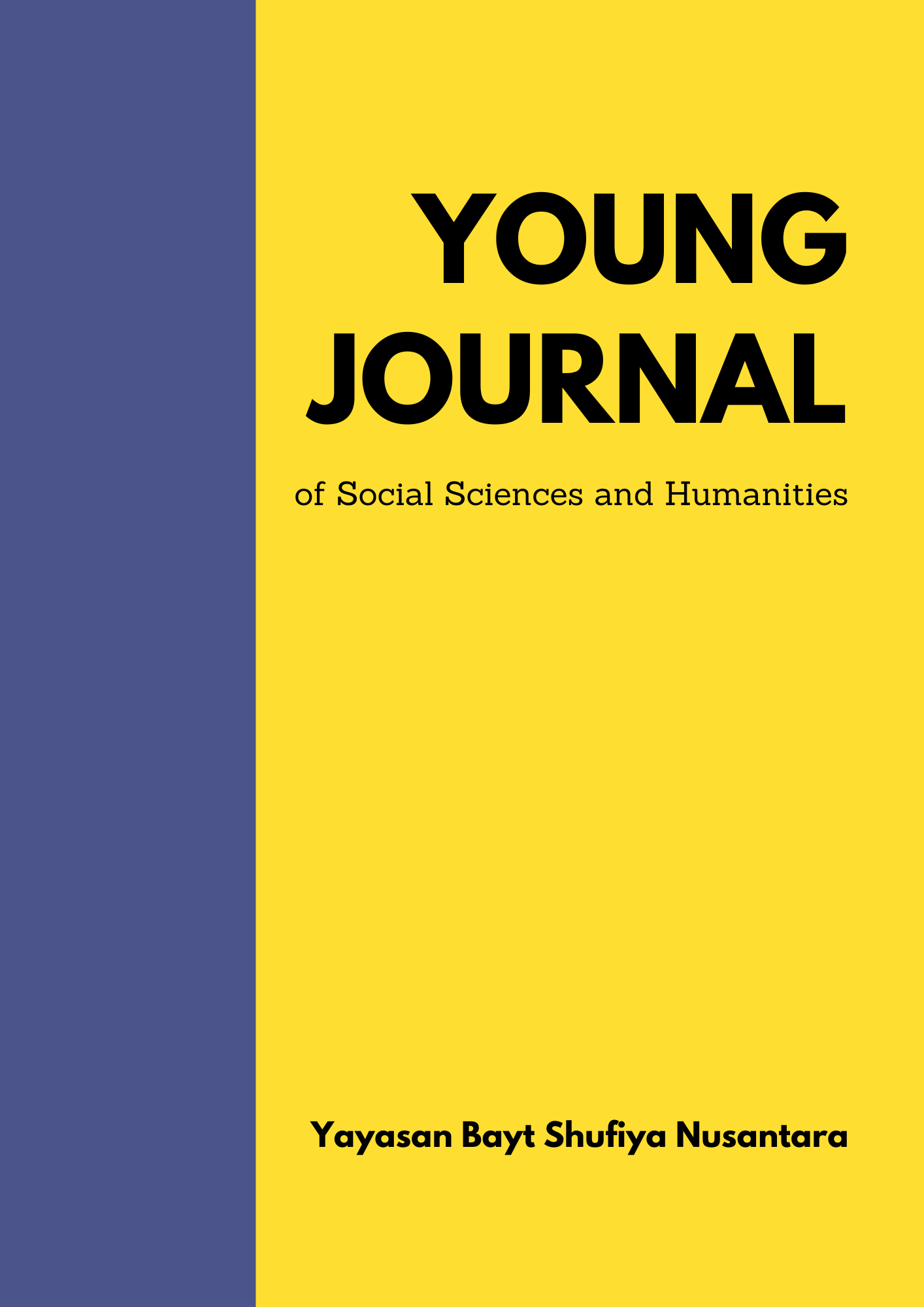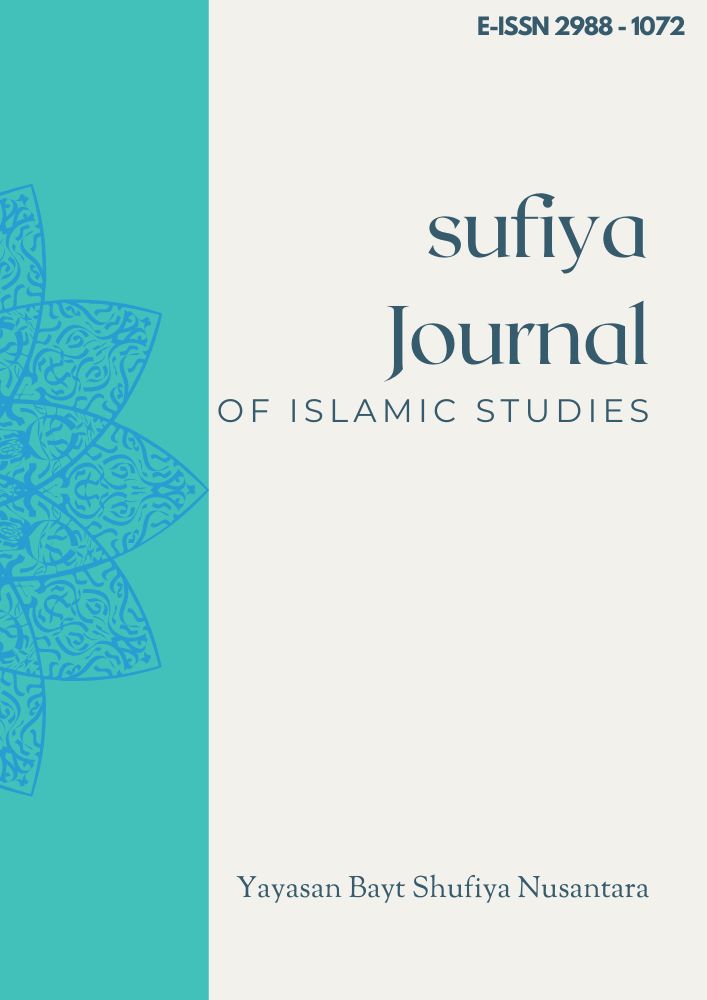Changes in The Meaning of Words in Slang: A Synchronous Semantic Study
Keywords:
Semantics, Slang, SynchronousAbstract
This study aims to analyze how the meanings of selected slang words have changed over a specific period, identify the types of semantic change, and explain the social, cultural, and technological factors influencing those shifts. A qualitative descriptive method was applied to examine ten commonly used slang terms. The analysis revealed that the dominant type of semantic change was broadening, where the original meaning of a word expanded to cover broader or new usage contexts. Other types of semantic shifts, such as narrowing and metaphorical extension, were also observed. Slang words like baper, ghosting, receh, and santuy exemplify how language adapts to modern communication needs and reflects youth identity, emotion, and humor. The findings support the view that slang is not merely linguistic play but a reflection of social interaction and cultural trends. Through a synchronous analysis, this study shows how language functions as a living system that responds to changes in society, behavior, and media usage. Understanding these shifts is essential for both linguists and educators in appreciating the role of informal language in shaping modern communication.
References
Budiasa, I. G., Weddha Savitri, P., & Shanti Sari Dewi, A. A. Sg. (2021). Penggunaan Bahasa Slang di Media Sosial. Humanis, 25(2), 192. https://doi.org/10.24843/JH.2021.v25.i02.p08
Keidar, D., Opedal, A., Jin, Z., & Sachan, M. (2022). Slangvolution: A Causal Analysis of Semantic Change and Frequency Dynamics in Slang. Proceedings of the 60th Annual Meeting of the Association for Computational Linguistics 1422–1442. https://doi.org/10.18653/v1/2022.acl-long.101
Rezeki, T. I., & Sagala, R. W. (2019). Semantics Analysis of Slang (SAOS) in Social Media of Millennial Generation. KREDO : Jurnal Ilmiah Bahasa Dan Sastra, 3(1). https://doi.org/10.24176/kredo.v3i1.3865
Savitri, P. W., & Dewi, A. A. S. S. S. (2023). Semantic Change on Imitative Slang Used by Indonesian Netizen. Lingual: Journal of Language and Culture, 15(1), 43. https://doi.org/10.24843/LJLC.2023.v15.i01.p06
Wan Mohd Muzani, A., & Mohammad Lotfie, M. (2024). Morphological Neologisms: The Emergence of Social Media Slang on TikTok. Sains Insani, 9(1), 103–113. https://doi.org/10.33102/sainsinsani.vol9no1.597
Downloads
Published
How to Cite
Issue
Section
License
Copyright (c) 2025 Dewi Kristina Hutapea, b Damanik

This work is licensed under a Creative Commons Attribution-ShareAlike 4.0 International License.














